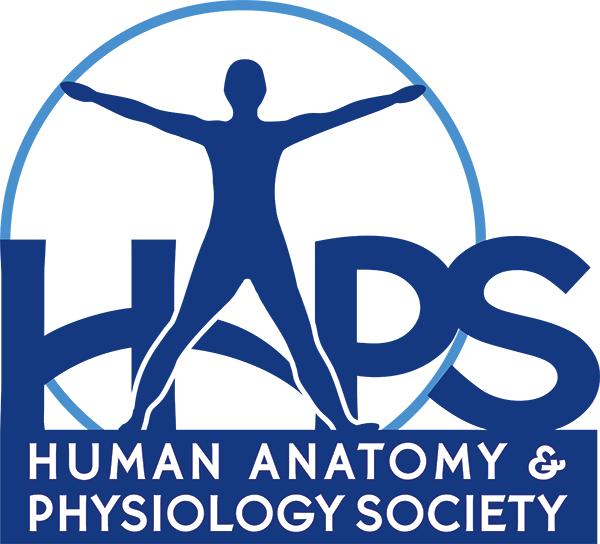Quick analogy for subclavian artery name changes
Although it is not a particularly difficult concept, sometimes students have trouble remembering the different names that the subclavian artery takes on as it passes through the superior mediastinum and base of the neck into the axilla (as the axillary…
